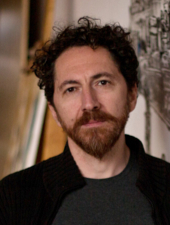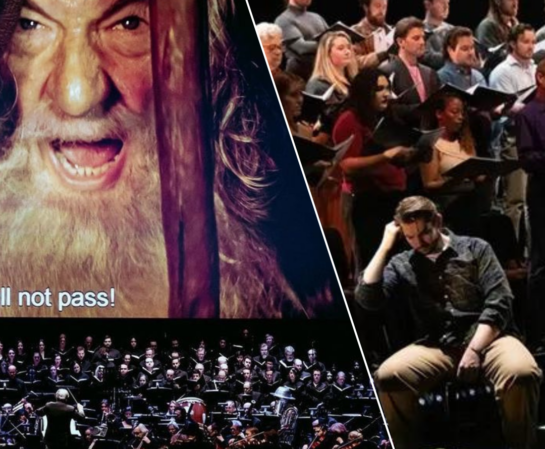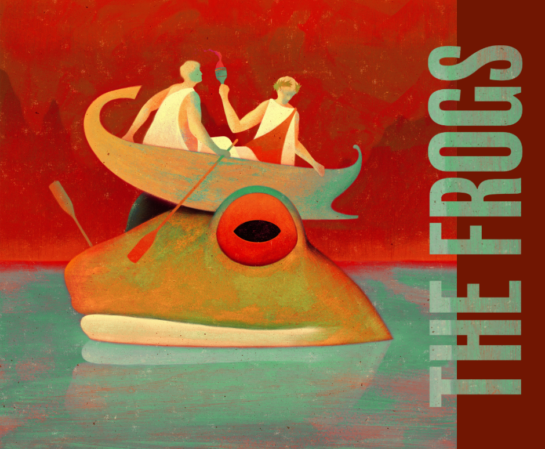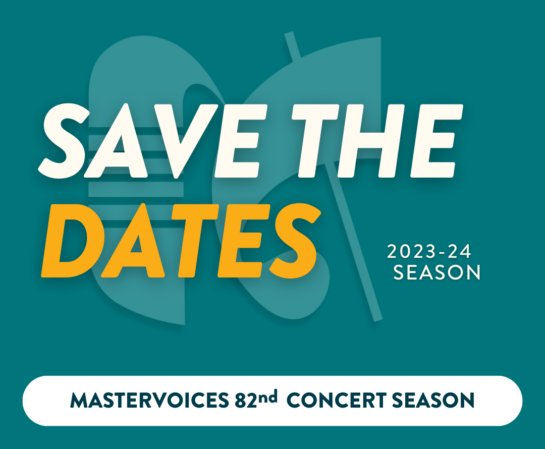| TS: The 1995 recording that John Eliot Gardiner made with the Monteverdi Chorus and English Baroque Soloists. Handel’s score leaves many things open to interpretation, as there are few indications of tempi, dynamics or articulations. I think Maestro Gardiner found a way to keep things interesting and lively, with unexpected choices that continue to delight me.
KM: Choir of King’s College because my first exposure to the piece was through that recording and there’s something theatrical in their voice, which allowed me to imagine the piece visually.
Spotlight: THE ISSUES
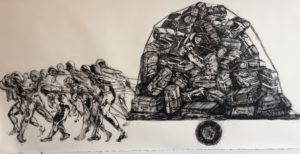 ISRAEL IN EGYPT tells one of civilization’s earliest displacement stories. In producing this work we could never ignore such a tragic parallel – today more than 68 million people around the world are displaced from their homes. The designs of Kevork Mourad, born in Aleppo in 1970, are a defiant demonstration of creativity in the face of tragedy. In upcoming emails we will take a moment to acknowledge some of today’s most dire echoes of the Exodus story. ISRAEL IN EGYPT tells one of civilization’s earliest displacement stories. In producing this work we could never ignore such a tragic parallel – today more than 68 million people around the world are displaced from their homes. The designs of Kevork Mourad, born in Aleppo in 1970, are a defiant demonstration of creativity in the face of tragedy. In upcoming emails we will take a moment to acknowledge some of today’s most dire echoes of the Exodus story.
What does it look like for 68 million people to be displaced?
Like over half the population of Japan going homeless. Or everyone in the U.K. fleeing and leaving an empty nation behind them. Or the states of California and Texas slowly draining of human life, until there was only barren land left behind.
Join us at Carnegie Hall on November 28th at 8 pm for this exciting multimedia production of Handel’s Israel in Egypt!
Get Tickets!
|

